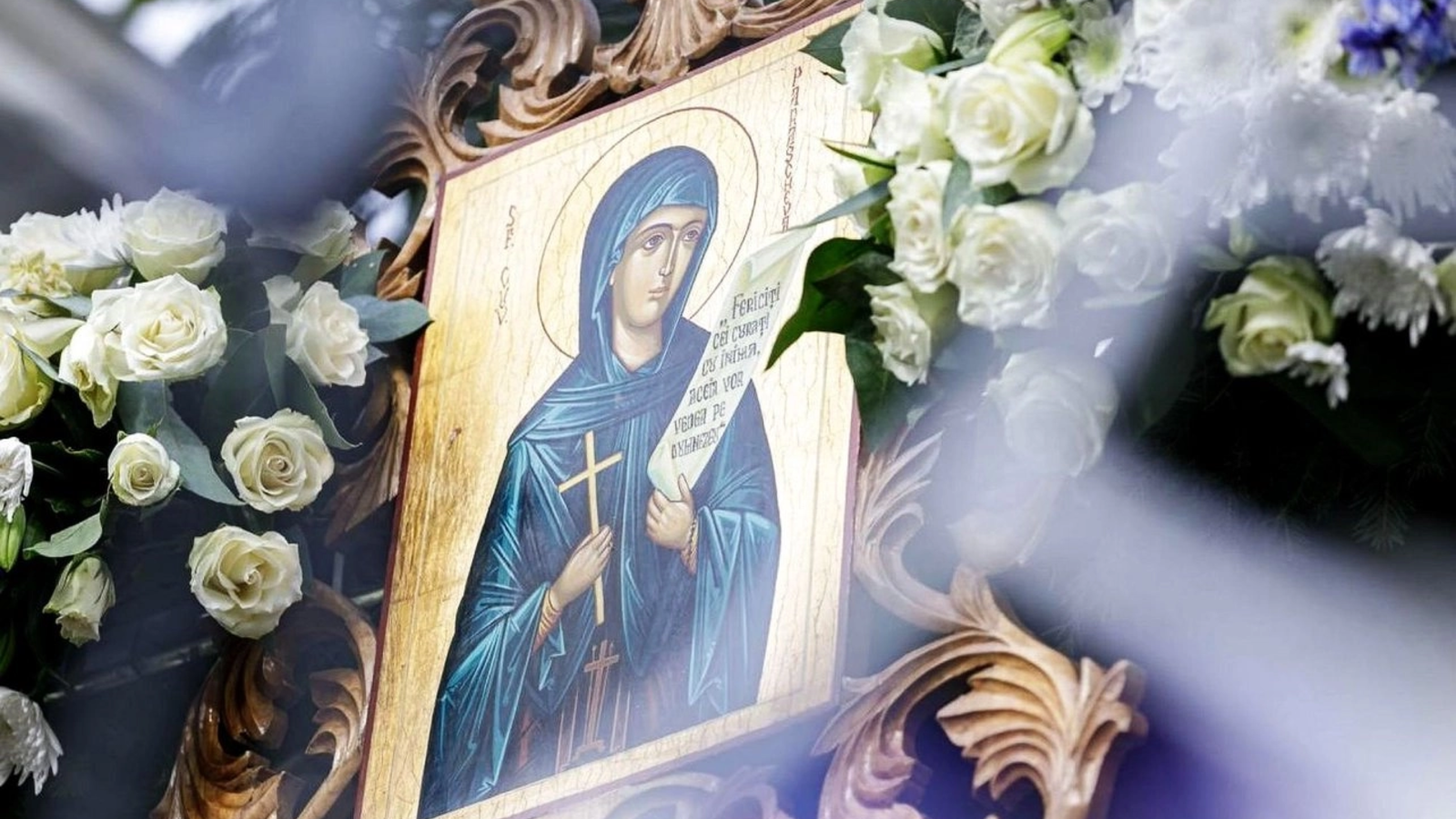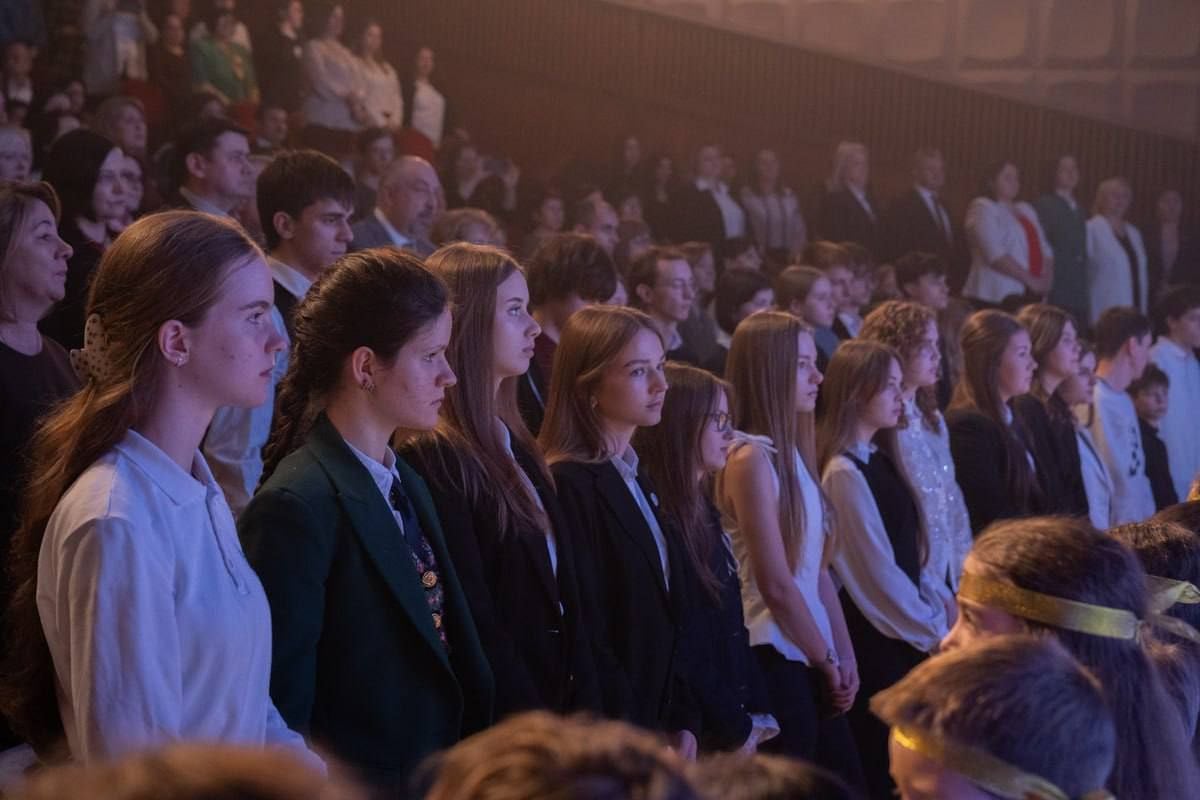Thousands of pilgrims from the country and abroad stood in the cold and rain to participate, on Wednesday morning, in the procession of bringing out the relics of the Holy Pious Paraskeva, a religious manifestation that took place around the Cathedral of the Metropolitanate of Moldavia and Bucovina in Iasi.
Several priests, led by His Grace Nichifor Botosaneanul, vicar bishop of the Archdiocese of Iasi, carried the reliquary with the relics of Saint Paraskeva in the procession. Subsequently, the reliquary was placed in a specially arranged canopy in the Courtyard of the Metropolitan Cathedral, where it will remain until October 15.
In the following hours, the priests will officiate the service of blessing the water and the Sacrament of the Holy Unction, as well as the Holy Liturgy.
Another 7,000 people are standing in line in the specially arranged corridor on the streets around the Metropolitanate of Moldova and Bucovina, to be among the first to worship the relics of the Saint.
Pilgrims who will go these days to worship the relics of the Holy Venerable Paraskeva will also be able to honour the relics of Saint Gregory Palamas, which will be brought on Saturday evening from the Metropolitan Cathedral in Thessaloniki, Greece, especially for pilgrims who come to Iasi to celebrate their patron saint, St. Paraskeva.
According to the tradition, the reliquaries with the relics of the two saints will be removed on Sunday evening from the Metropolitanate Court and carried in the ''Way of the Saints'' procession through the streets of Iasi, after which they will be re-placed for worship in the specially arranged canopy on the esplanade of the Metropolitan Cathedral. The relics of the saints will remain here until October 15, when all the pilgrims who arrived in Iasi on the feast day of St. Venerable Paraskeva will worship.
Also known as Holy Friday, Saint Paraskeva was born in the 11th century in Epivata in Thrace on the outskirts of Constantinople and lived only 27 years. Tradition says that she shared her clothes and food with the poor, although she was rebuked by her parents. After their death, Paraskeva gave up her wealth and left her parental home to enter monasticism at a monastery near Constantinople. From here she went to Jerusalem, then retreated to the Jordan desert, to a nunnery, where she remained until the age of 25, after which she returned to her native village, Epivat, where she lived for another two years, fasting and praying.
The relics of the Pious One were kept for almost 200 years in a church in Epivat, then in Tarnovo, and in the 16th century they were taken to Constantinople. In 1641, on June 13, voivode Vasile Lupu managed to bring them to Iasi, placing them in the church of the Monastery of the "Three Holy Hierarchs".
The reliquary of Saint Paraskeva was moved to the Metropolitan Cathedral at the end of the 19th century, in 1888, after her relics escaped the fire at the ''Three Hierarchs'' Church.
Currently, the relics of Saint Paraskeva are at the Metropolitan Cathedral in Iasi.
The canonization of Saint Paraskeva was decided by the members of the Holy Synod of the Romanian Orthodox Church in 1955. At the same time, the date of Saint Paraskeva's celebration was established, on October 14.































Comentează